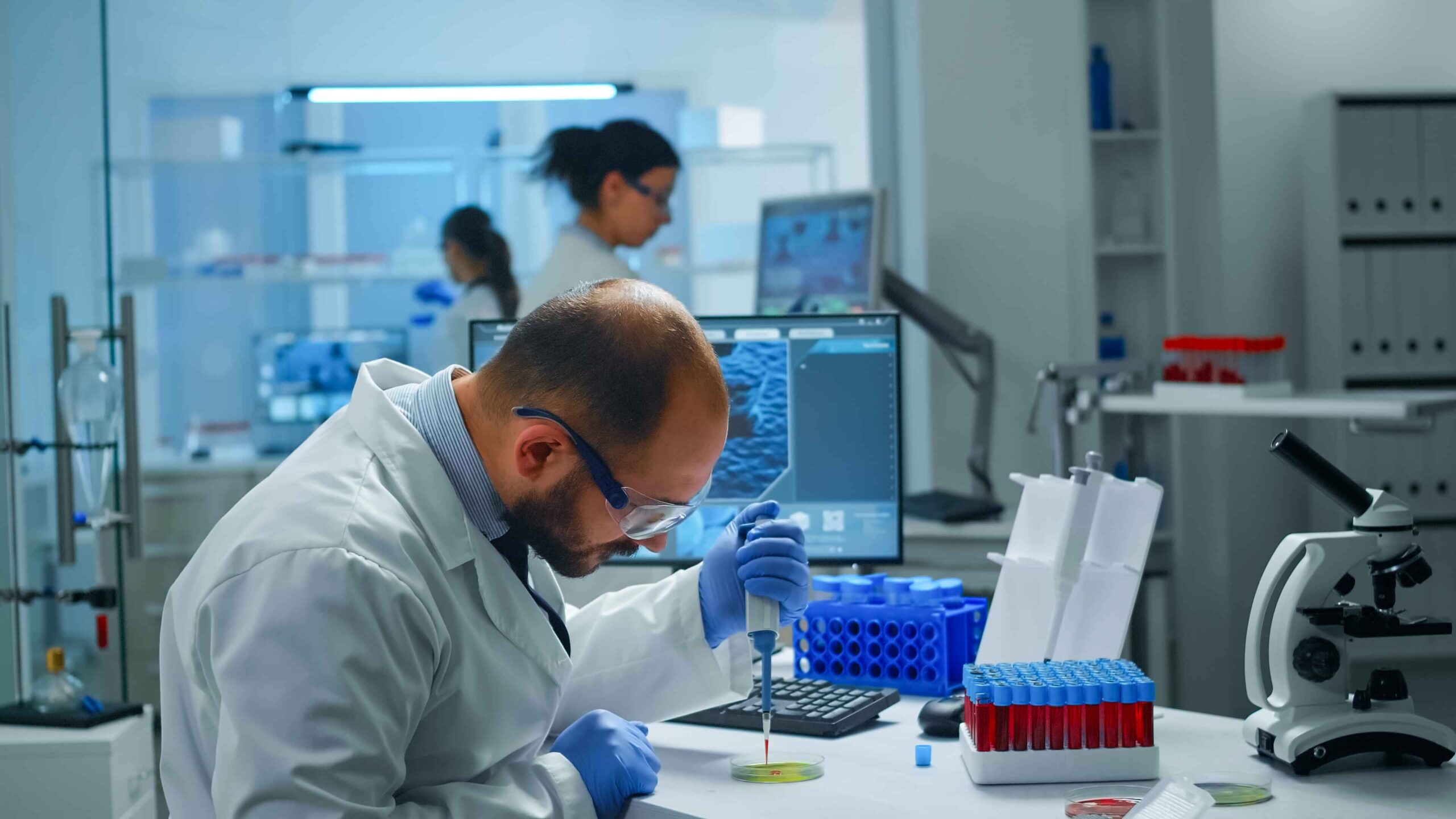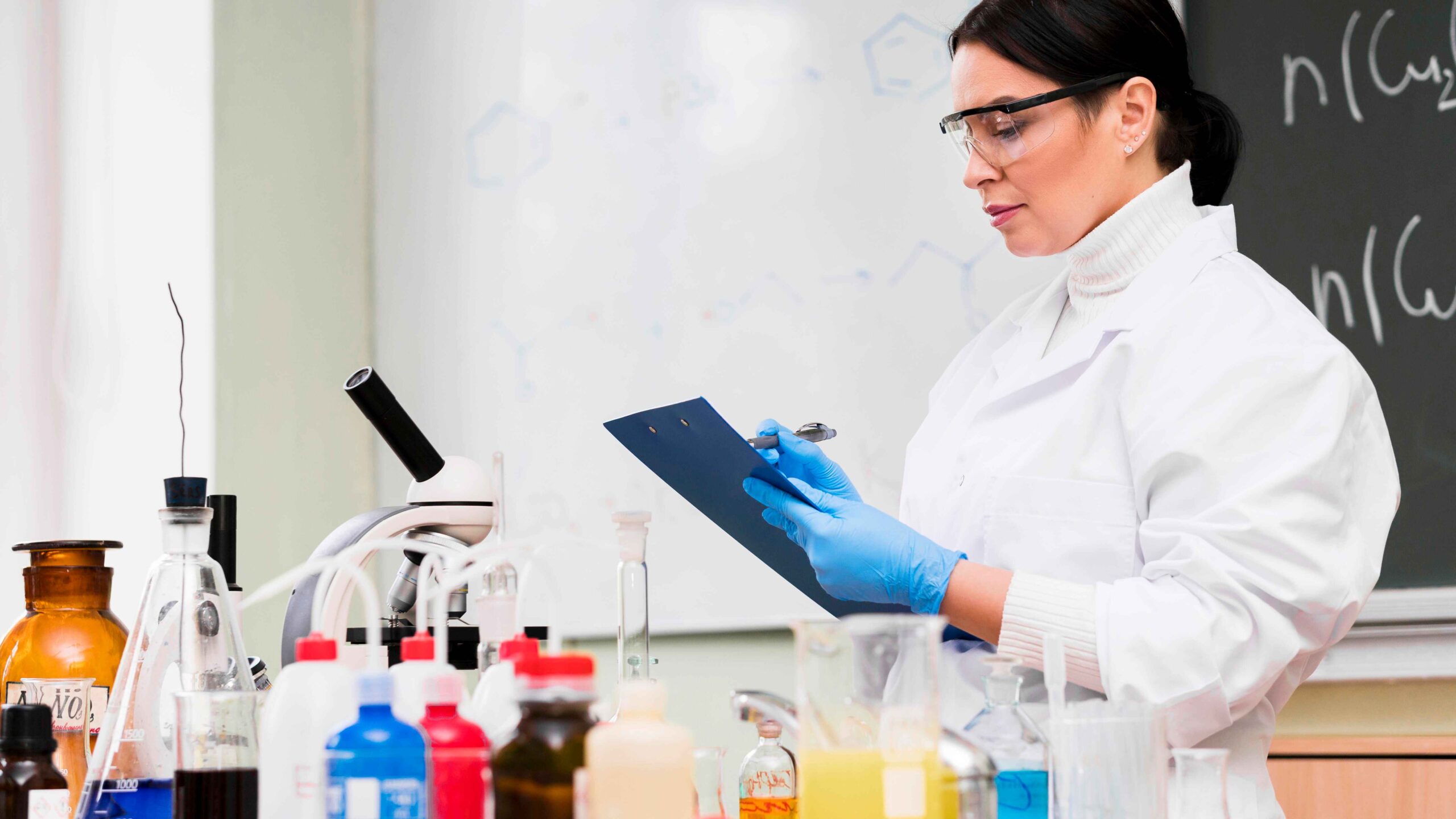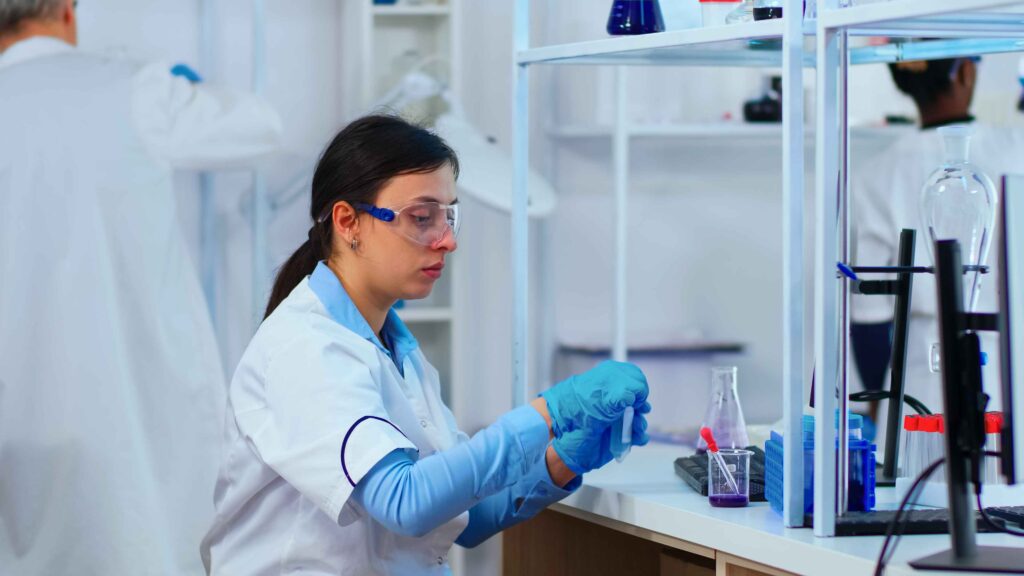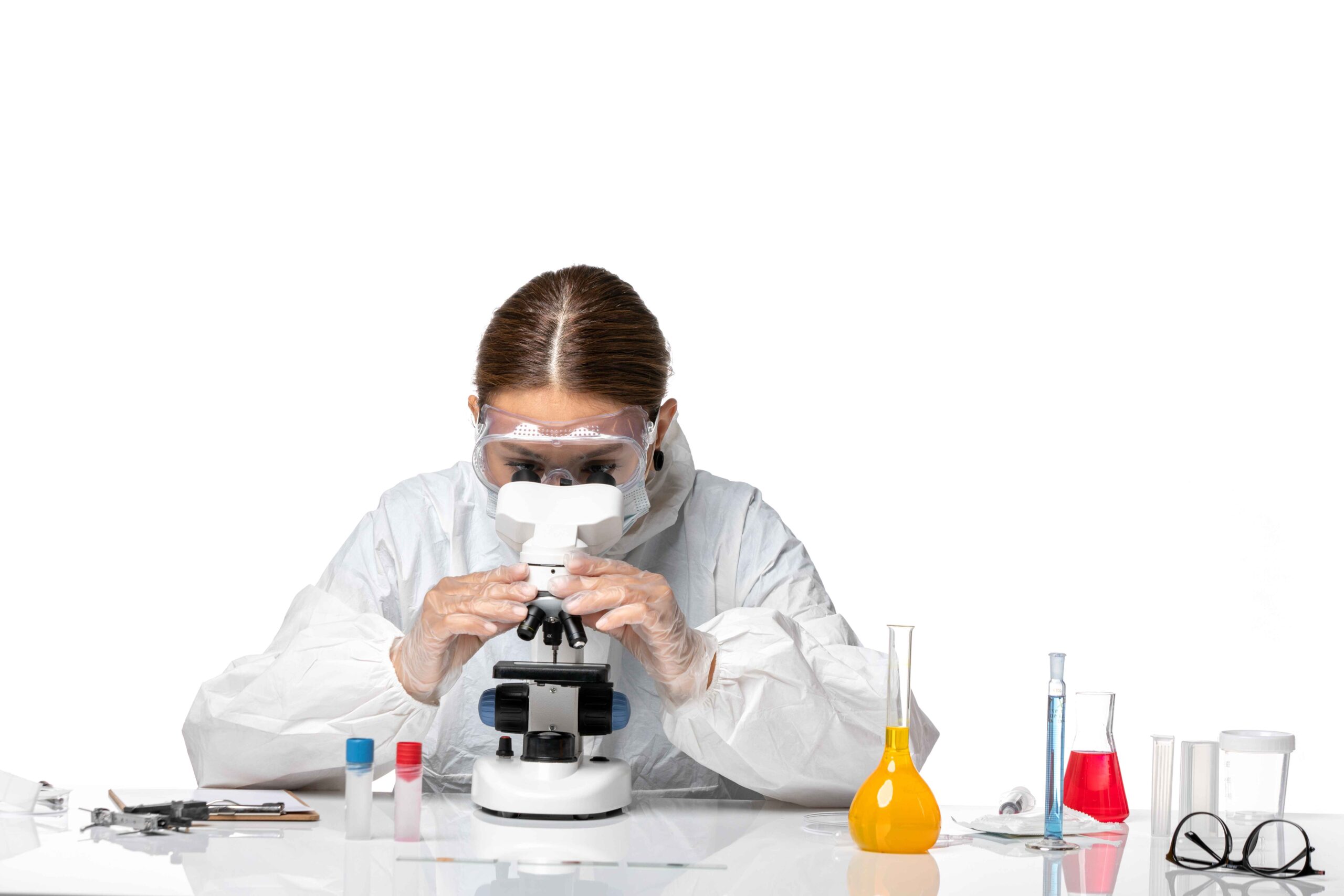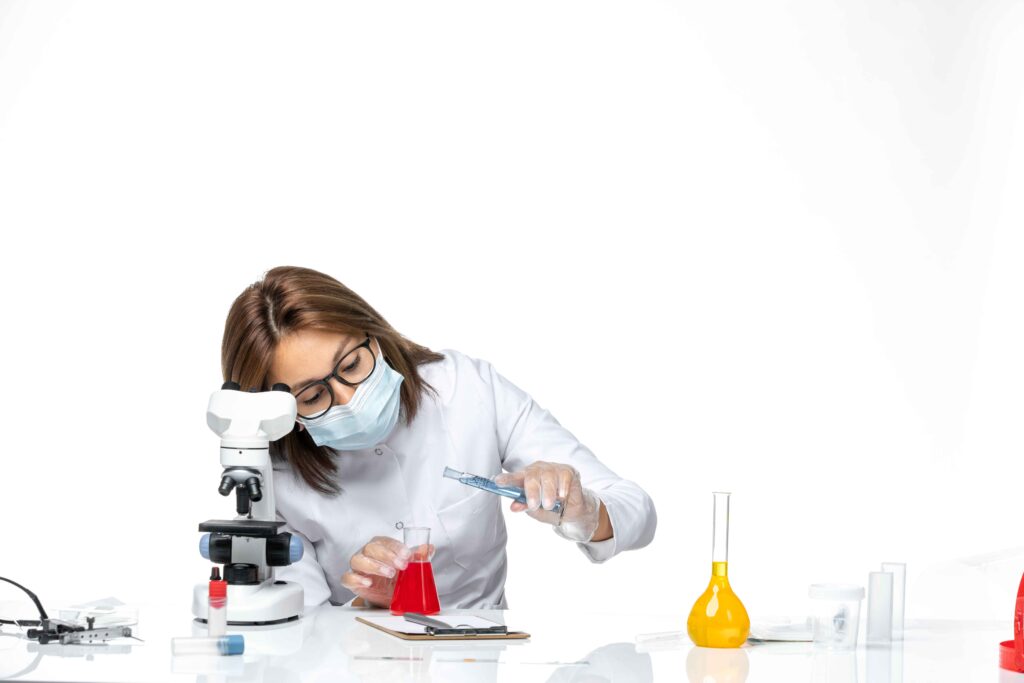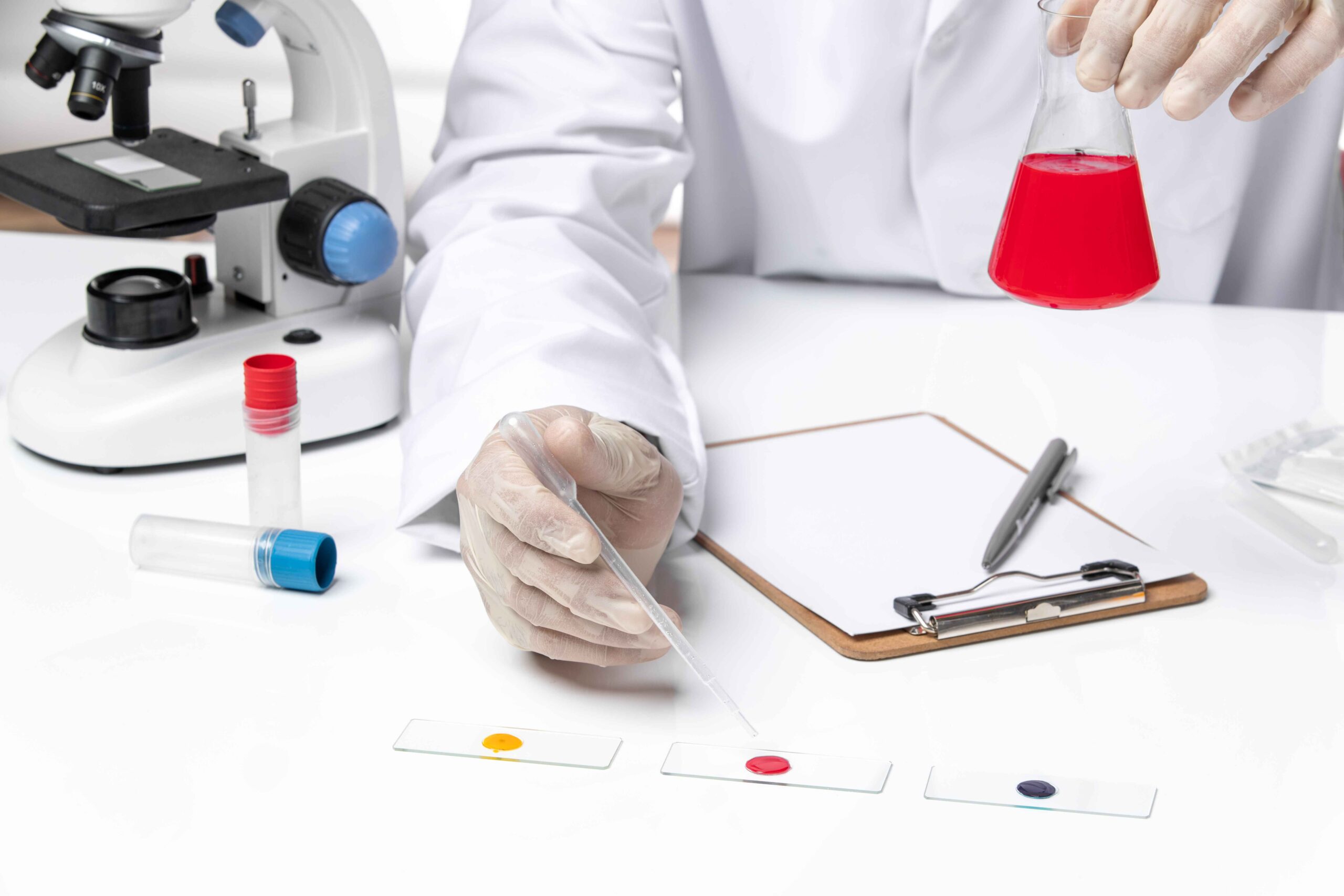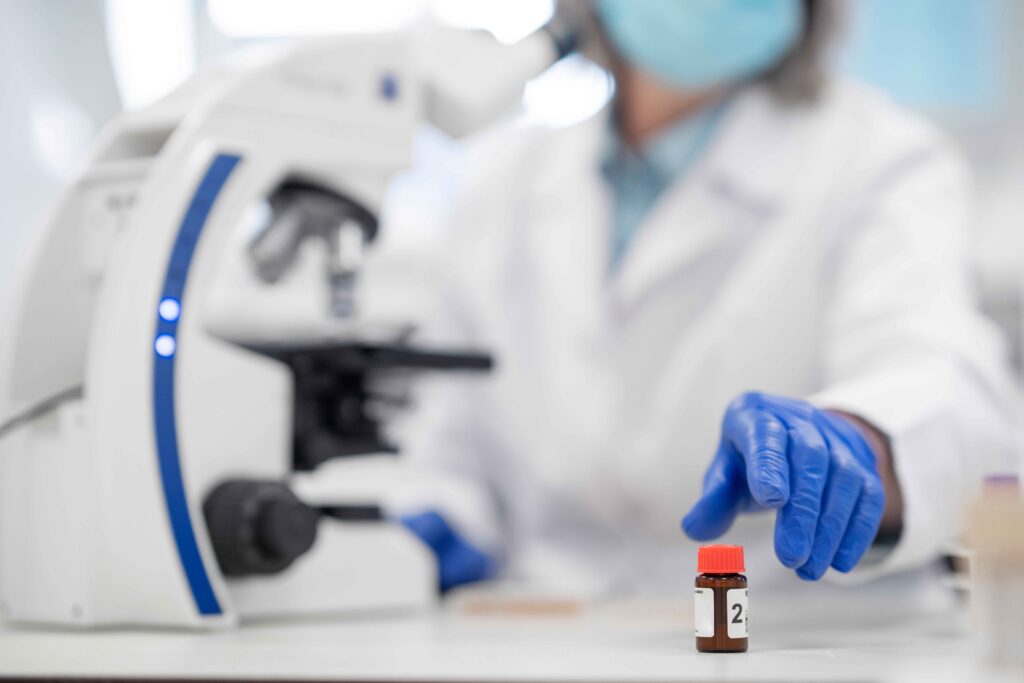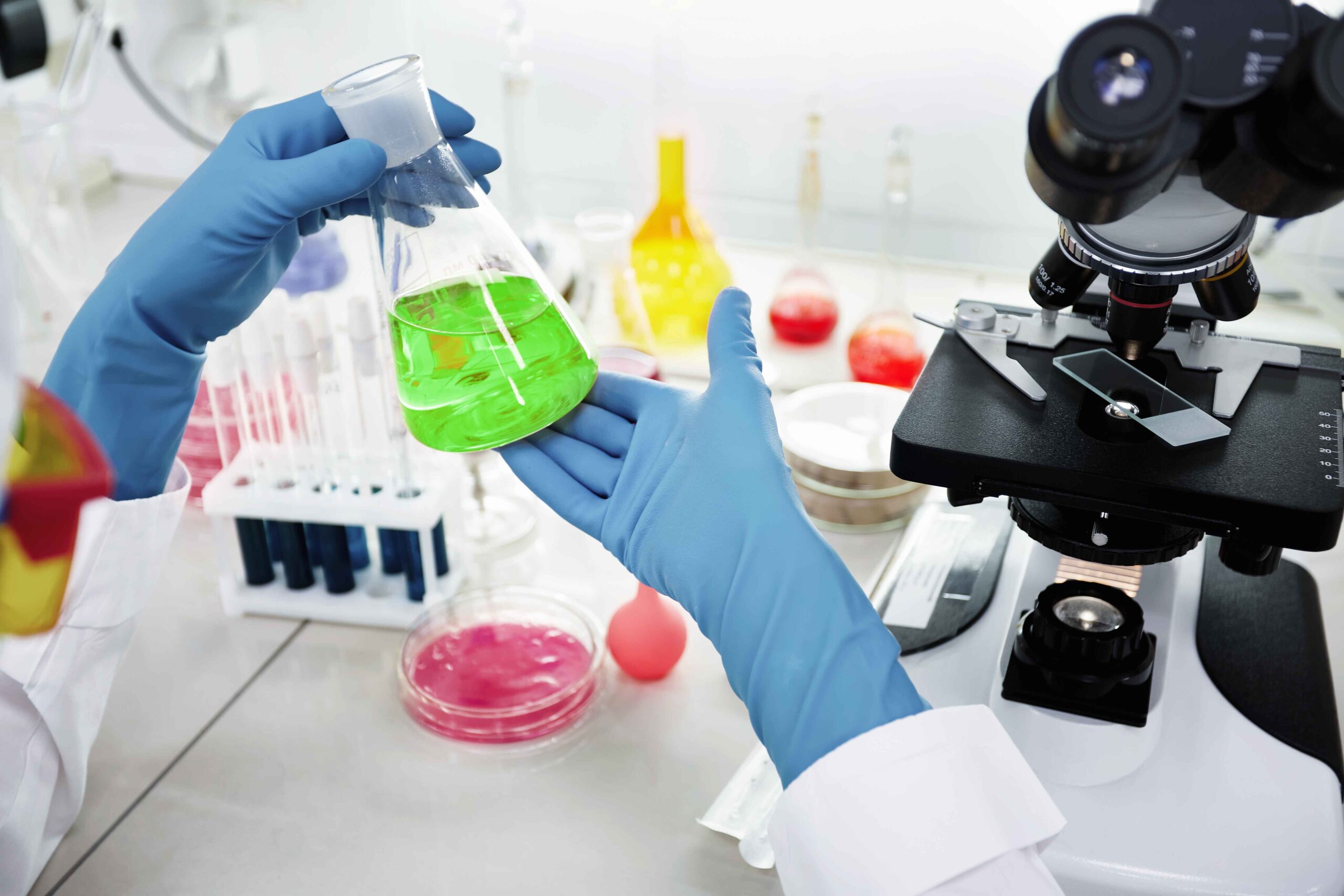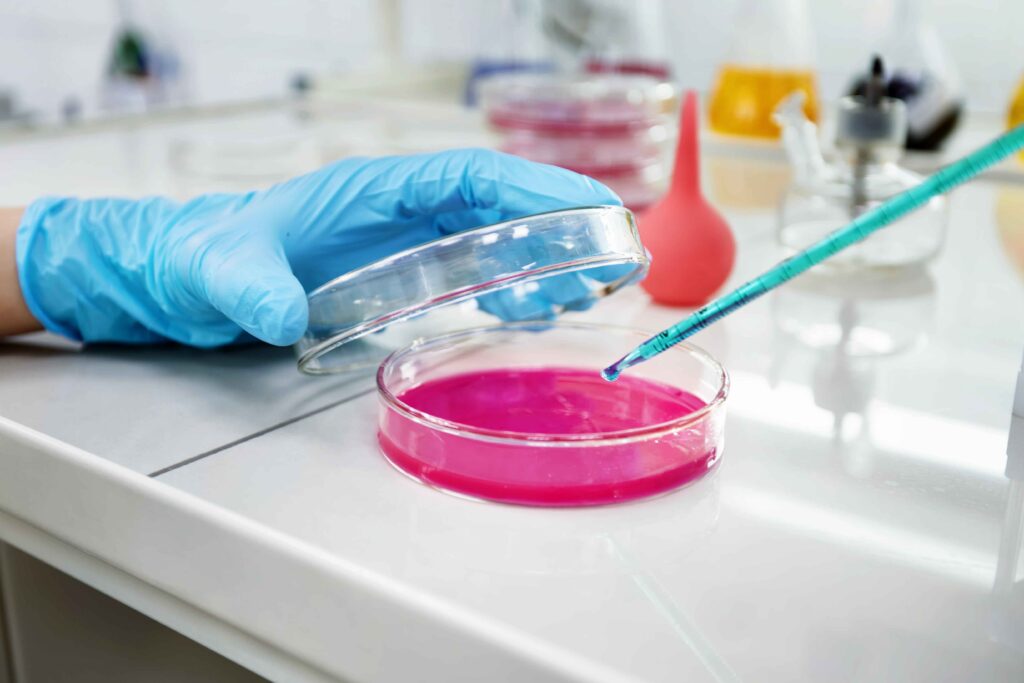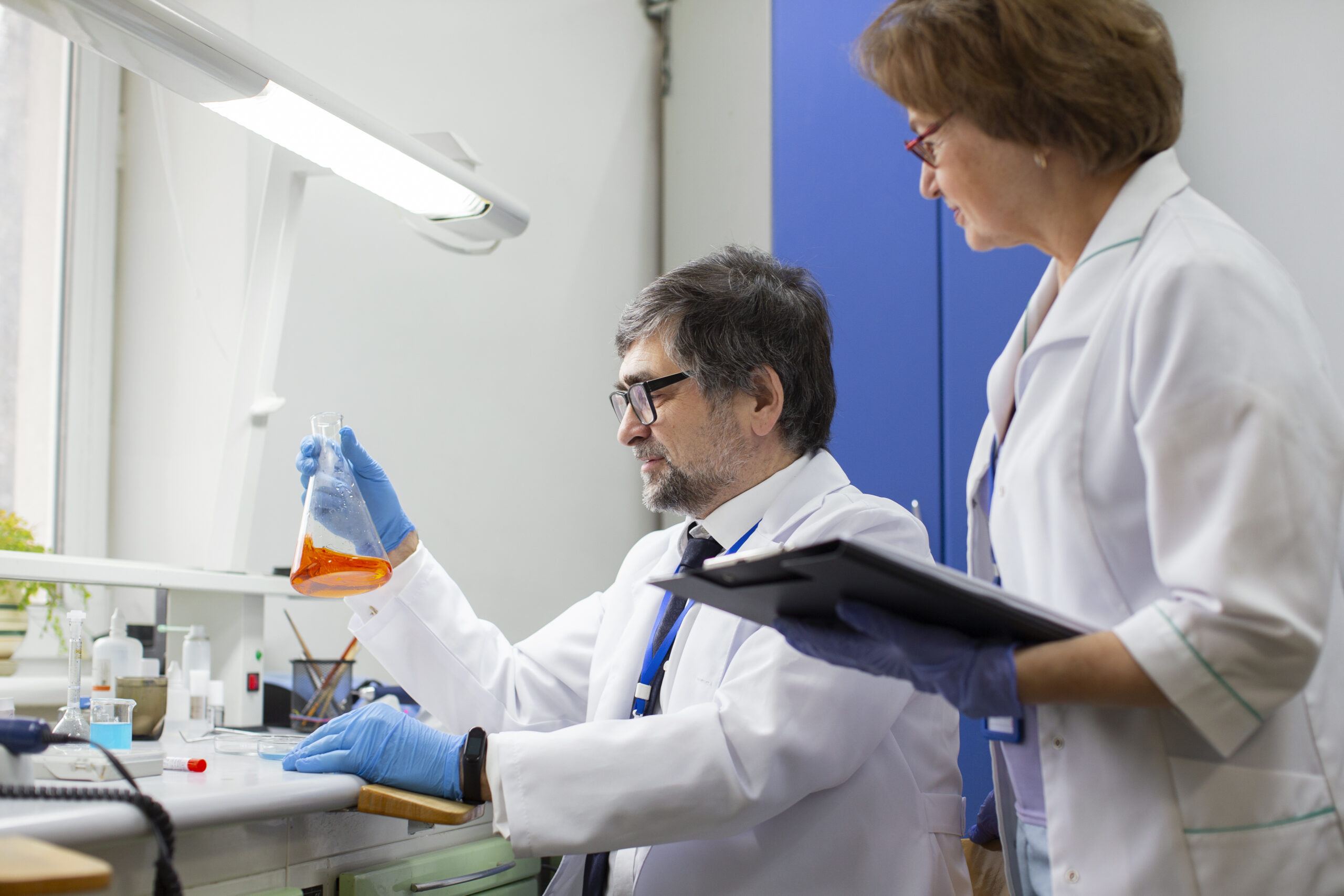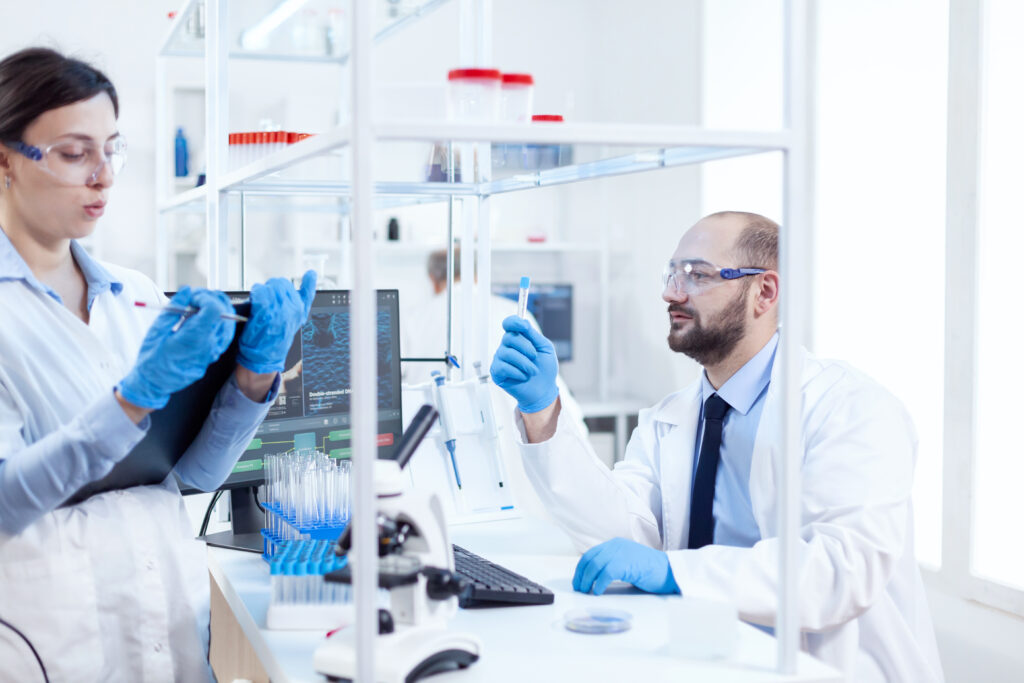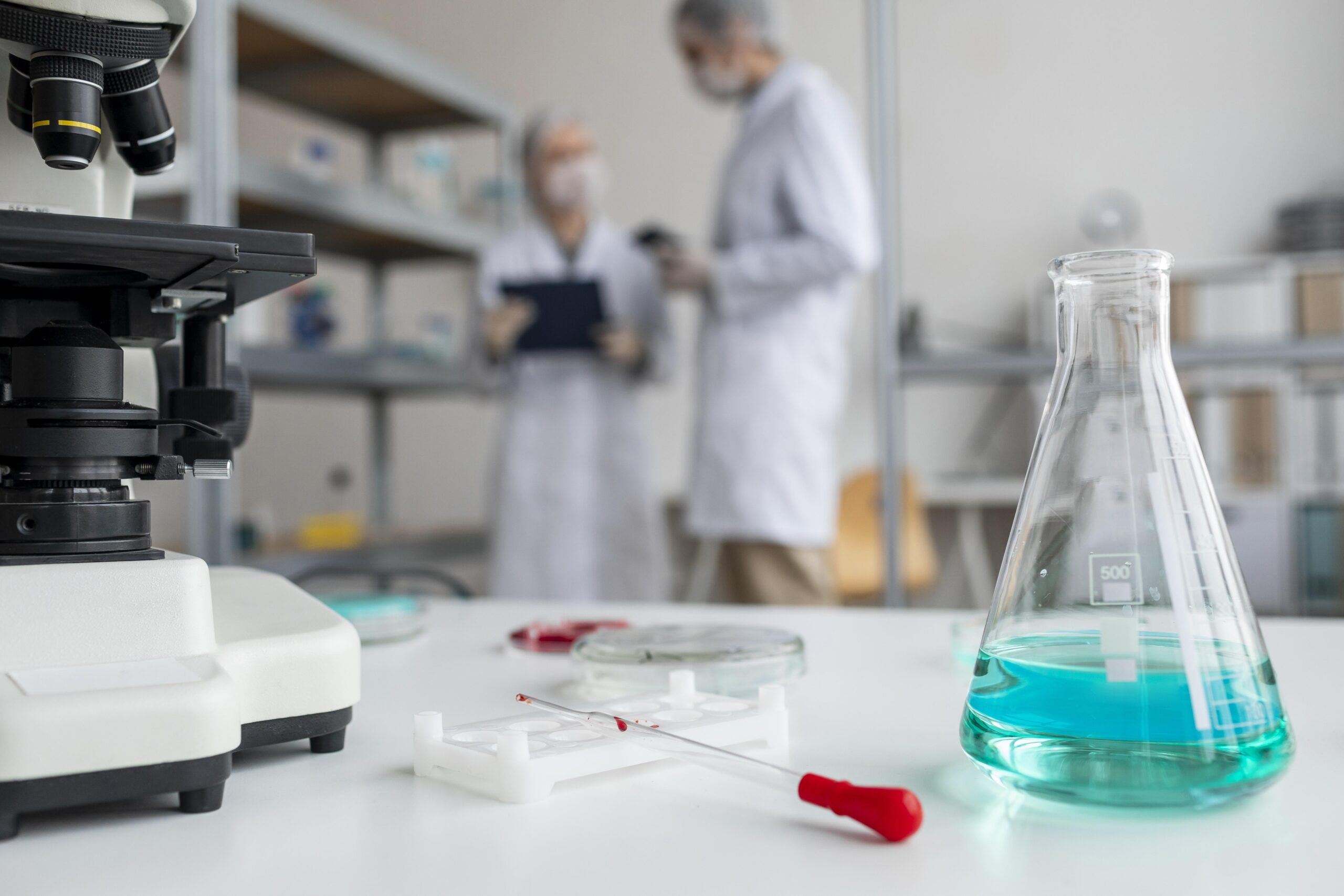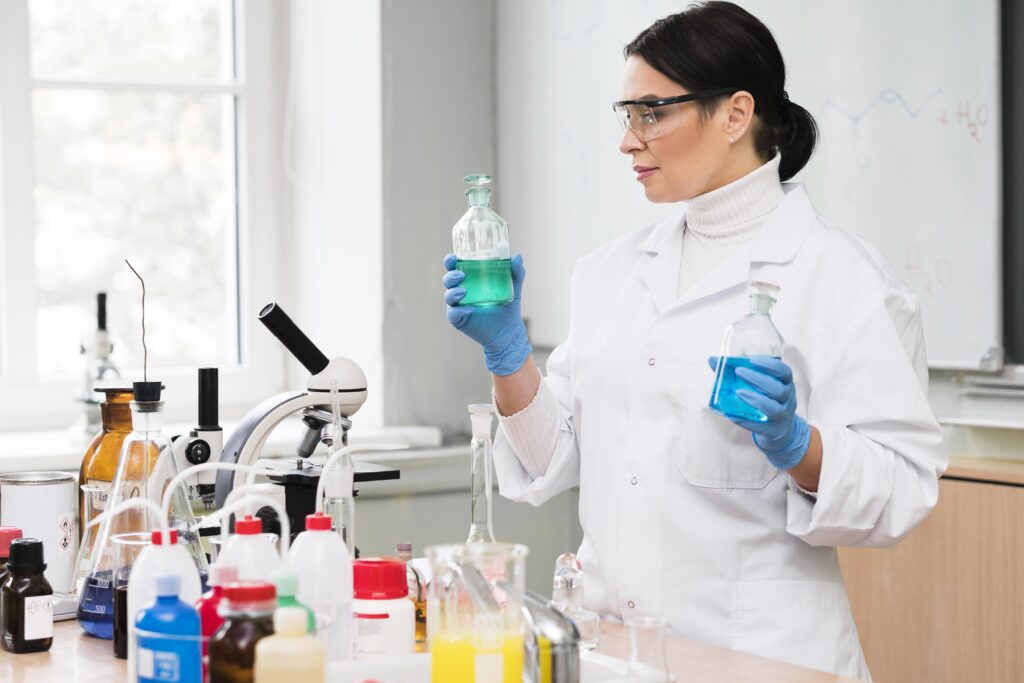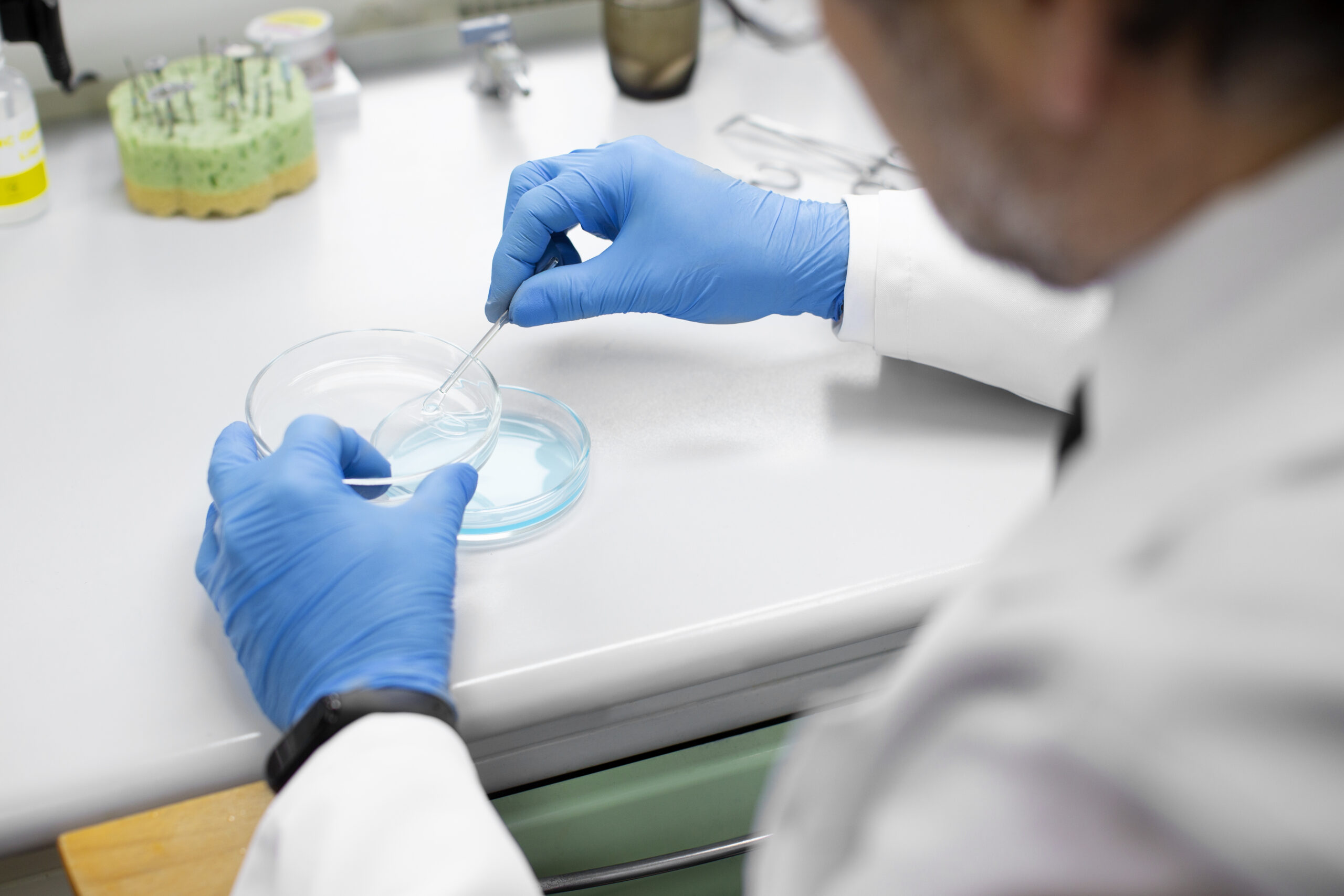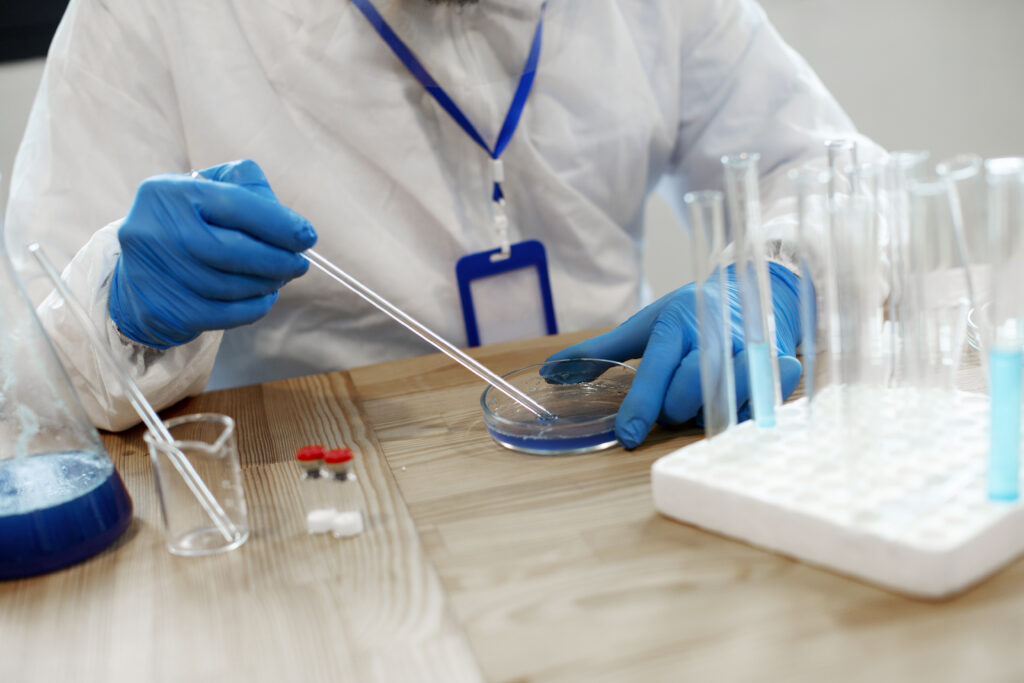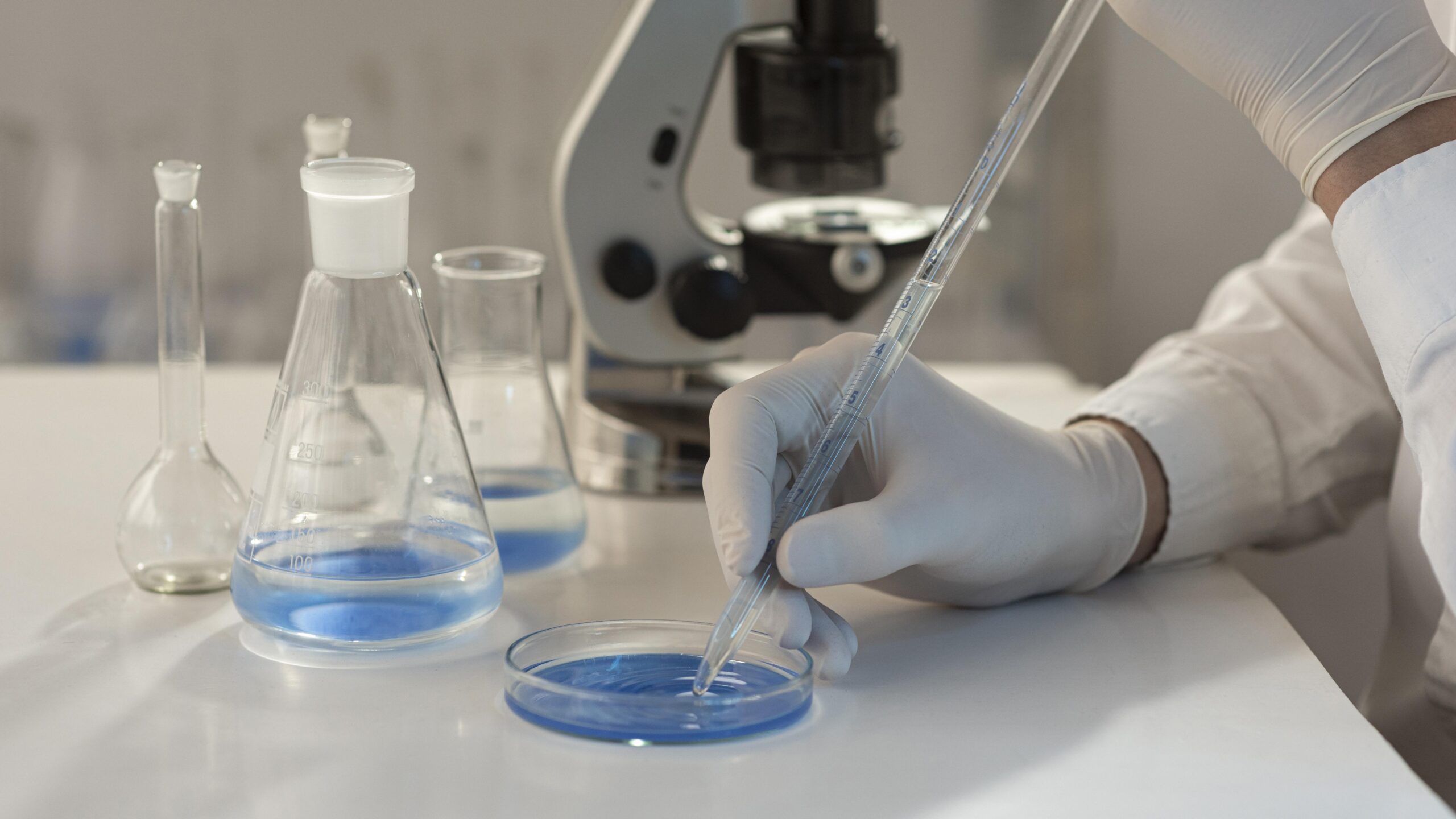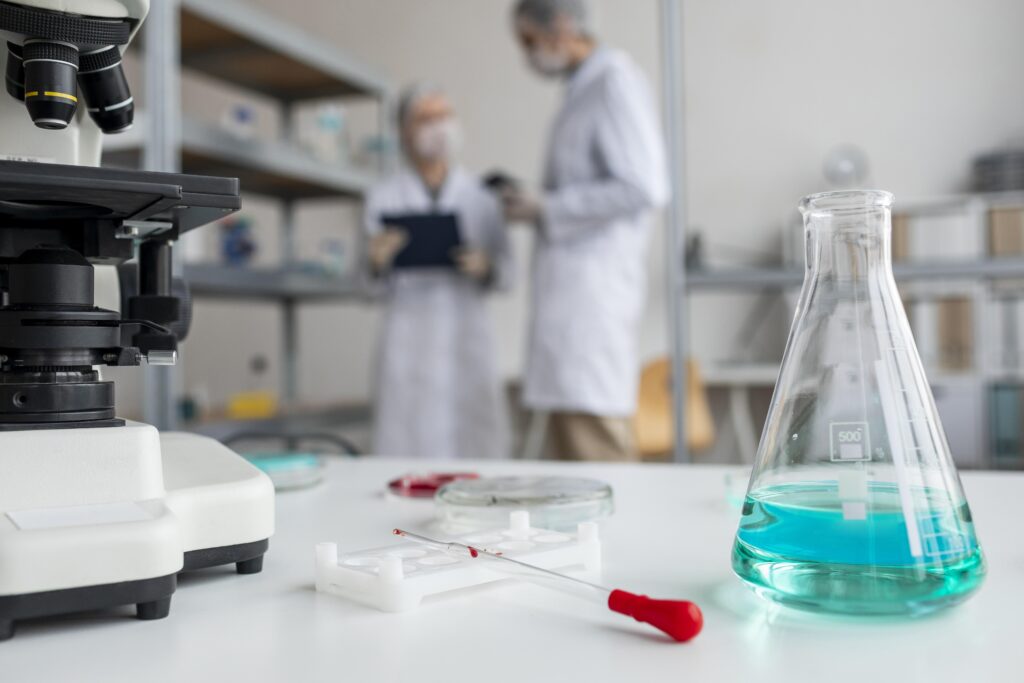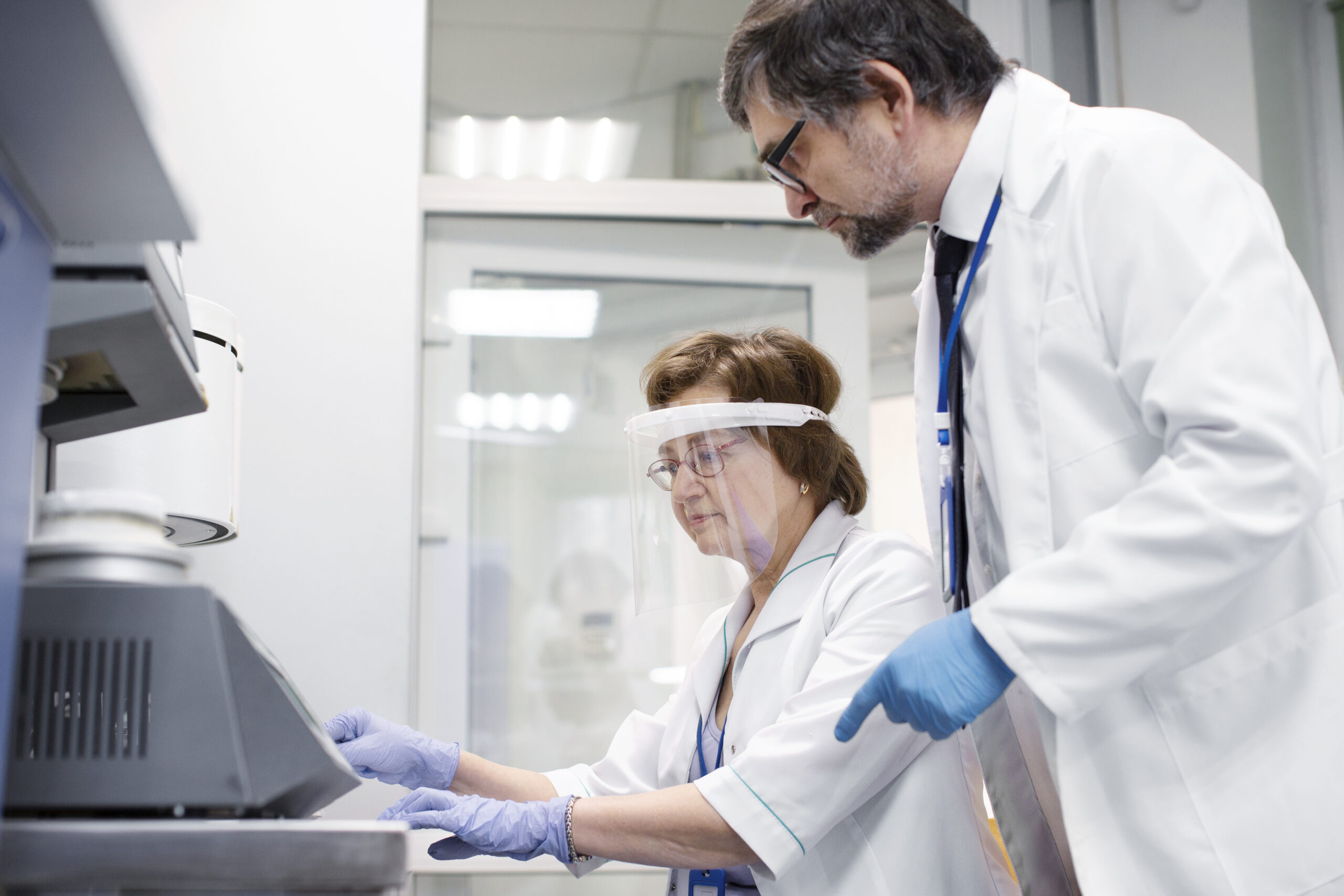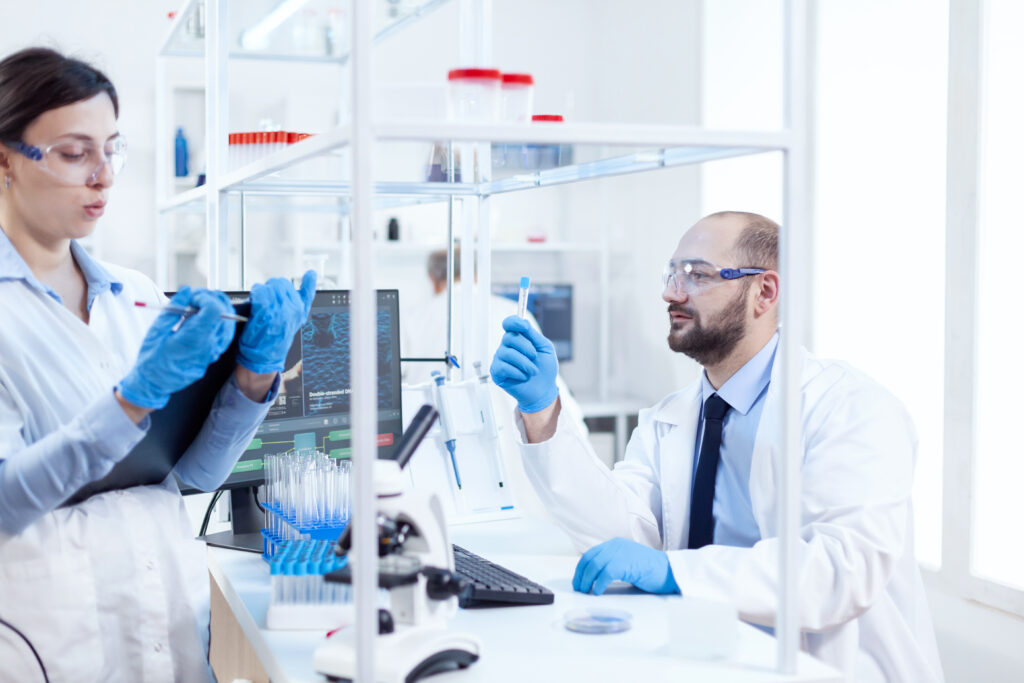Consumers are becoming more aware of the nutritional value of the food they eat in today's health-conscious society. Consequently, nutrition label testing has emerged as a crucial aspect of food production. This procedure guarantees that product labels appropriately convey a product's nutritional value, complying with legal requirements and promoting consumer health. Effective nutrition labeling can build confidence, improve brand reputation, and even boost marketability in addition to ensuring compliance. The importance of nutrition testing lab in India for food makers and its effects on several facets of the food industry will be discussed in this article.
1. Ensuring Regulatory Compliance
To shield customers against false information, regulatory agencies such as the FDA in the US and the FSSAI in India have strict rules for food labeling. According to these regulations, food producers must appropriately list vitamins, minerals, macronutrients, and other ingredients on the labels of their products. Penalties, recalls, and in certain situations, a product ban, may result from noncompliance with these regulations. Nutrition label testing protects food makers against non-compliance by guaranteeing that the required information on calories, lipids, proteins, carbs, and other nutrients satisfies regulatory requirements.
2. Building Consumer Trust
Any successful brand must have the trust of its customers, but this is especially true in the food industry where consumers place a high value on health and wellbeing. Consumers are reading nutrition labels more closely in an effort to determine how their purchases may affect their health. Verified, accurate information is provided by nutrition label testing, which is crucial for preserving transparency. Credibility and brand loyalty are increased when customers know they can trust the information a company provides. In a market with many options, this trust is particularly significant, enabling brands that place a high priority on label accuracy to stand out.
3. Enhancing Brand Reputation and Marketability
Brands may leverage this dedication to quality as a differentiator by investing in nutrition label testing. Emphasizing clear and accurate labeling in marketing can help a product stand out from the competition and appeal to health-conscious consumers. Products are more likely to satisfy the standards of large retailers when they have a trustworthy nutrition label, which opens up new distribution channels. Furthermore, goods that satisfy particular dietary requirements—such as low-calorie, gluten-free, or vegan—benefit greatly from trustworthy and transparent labeling, which draws in a specific clientele.
4. Reducing the Risk of Legal Consequences
Food businesses may face serious legal repercussions for inaccurate labeling, particularly if the false information jeopardizes the safety or health of customers. Lawsuits pertaining to nutrition have increased in frequency as consumers have grown more conscious of their rights. For instance, designating a product as "low-fat" when it doesn't adhere to legal requirements may lead to legal action or expensive settlements. Food makers may make sure they're not unintentionally misleading their products by evaluating nutrition labels. By doing this, legal risks are reduced and brands are shielded from harm to their reputation brought on by false allegations.
5. Meeting Evolving Consumer Preferences
Basic nutrients like fat, carbs, and protein are not the only things that matter to today's consumers. Among other details, they are curious about dietary fibers, allergies, and micronutrients. A lot of customers also want to know how much sugar is added, whether a product has any preservatives or additives, and even where the components come from. Manufacturers can meet consumer expectations and increasingly inform customers by giving a full analysis of these components through nutrition label testing. Additionally, by using this method, manufacturers can respond to emerging trends like plant-based, organic, or "clean label" products, which call for thorough and precise labeling.
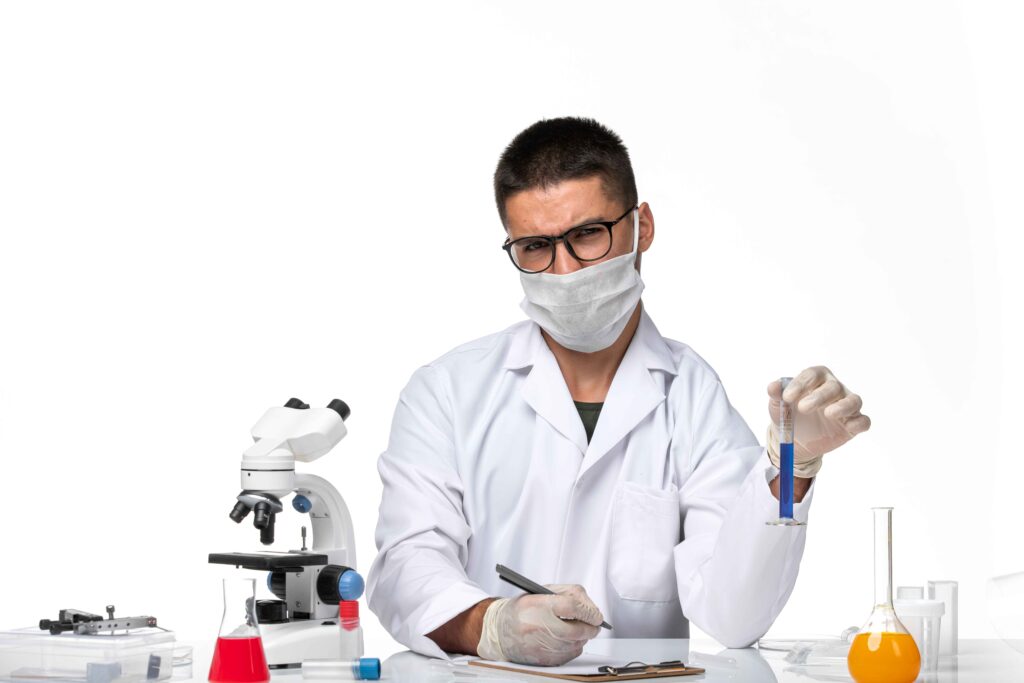
6. Facilitating Export Opportunities
Nutrition label testing is essential for manufacturers who want to grow globally. The laws governing food labeling vary from one nation to another. For instance, certain nations have particular regulations for allergens or acceptable chemicals, while others want comprehensive information on micronutrients. Manufacturers may expand their reach and open up new revenue streams by entering overseas markets with confidence and making sure their nutrition labels adhere to international standards.
7. Preventing Food Fraud and Mislabeling
A rising issue in the business is food fraud, which happens when producers purposefully misrepresent the ingredients in their goods in order to save money or deceive customers. This can include claiming to use premium components that aren't there or labeling products with inaccurate nutritional information. Independent labs compare a product's contents to the claims on its label, making nutrition label testing an essential safeguard against food fraud. This verification procedure aids producers in upholding the highest standards of integrity and genuineness, which are becoming more and more significant to customers who respect openness and moral behavior.
8. Supporting Product Development and Improvement
Testing nutrition labels yields insightful information that can guide product development. For example, a manufacturer can try to modify the formulation to satisfy consumer desires for lower-calorie or lower-sugar products or health guidelines if preliminary testing indicates a high sugar or fat content. Manufacturers can produce more appealing and healthful items that satisfy contemporary dietary trends thanks to this feedback loop. As a result, businesses can create a portfolio of goods that meet consumer demands and dietary objectives, which can strengthen a brand's position in the market.
9. Addressing Allergens and Dietary Restrictions
Manufacturers must be careful when disclosing possible allergens and other dietary considerations, including gluten or lactose content because food allergies and dietary restrictions are becoming more common. In order to ensure proper allergy disclosure and shield consumers and manufacturers from negative reactions or lawsuits, nutrition label testing is essential. Manufacturers may reach a wider market and guarantee that their products are safe for those with particular dietary requirements by proactively testing for allergies and common dietary restrictions.
10. Providing Data for Health Claims
Consumers are increasingly interested in foods that offer health benefits, such as high-protein snacks or vitamin-fortified beverages. To make such health claims on packaging, brands need data to back them up, which nutrition label testing can provide. Testing helps manufacturers substantiate health claims like “high in fiber” or “good source of vitamin C,” which are subject to strict regulatory standards. Accurate testing and labeling can help products attract health-focused consumers, differentiate them in a competitive market, and even boost sales.
Conclusion: The Necessity of Nutrition Label Testing
Nutrition label testing is a fundamental process that food manufacturers cannot overlook. In a market where consumers demand transparency, accuracy, and trustworthiness, nutrition label testing helps meet these demands while safeguarding against regulatory penalties and legal consequences. By investing in precise, accurate label testing, manufacturers can enhance their brand reputation, meet customer expectations, and explore new market opportunities. With benefits that span from regulatory compliance to building consumer trust, nutrition label testing is not only essential but advantageous for food manufacturers aiming for long-term success in a highly competitive industry.

